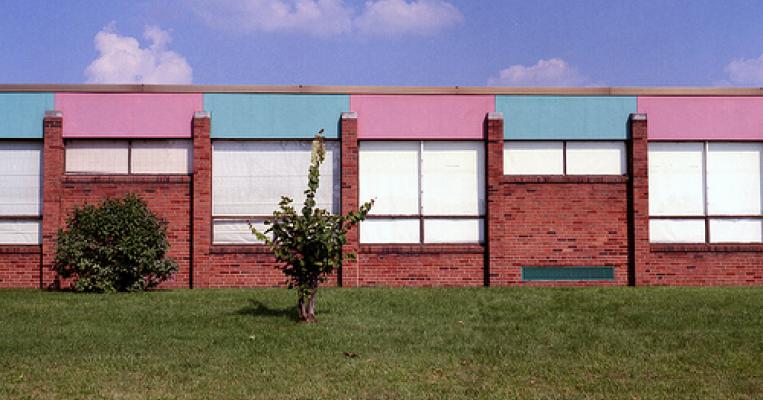
Polluting Young Minds
THE SOURCE: “Air Pollution Around Schools Is Linked to Poorer Student Health and Academic Performance” by Paul Mohai, Byoung-Suk Kweon, Sangyun Lee, and Kerry Ard, in Health Affairs , May 2011.

THE SOURCE: “Air Pollution Around Schools Is Linked to Poorer Student Health and Academic Performance” by Paul Mohai, Byoung-Suk Kweon, Sangyun Lee, and Kerry Ard, in Health Affairs , May 2011.
Air pollution is not good for anybody, but it’s particularly harmful to children. With their high respiration rates, kids take in more polluted air relative to their body weight than adults do. And because their bodies are still developing, they are especially vulnerable to pollution’s effects. Lead and manganese, for example, have a direct impact on children’s brains. “Children exposed to air pollution perform worse on cognitive functioning tests and have impaired neurological function and lower IQ scores compared with other children,” report Paul Mohai, who teaches environmental policy at the University of Michigan, and three colleagues. In light of this evidence, say the authors, it’s bad news that many schools are located very close to significant sources of air pollution.
In a study of Michigan’s 3,660 public schools, Mohai and colleagues found that almost half were in the most polluted parts of the state. Two-thirds of students were attending schools sited in the bottom fifth of geographic tracts in terms of air pollution. (Each tract is one square kilometer.) Moreover, within individual school districts, most schools were located in the worst-polluted neighborhoods. The authors also uncovered stark racial disparities: While 44 percent of white students were attending schools in the worst-polluted tenth of geographic tracts, 82 percent of their black peers and 62 percent of their Latino peers were enrolled in such schools.
Mohai and colleagues found that the levels of air pollution surrounding schools are “statistically significant predictors” of academic outcomes, even when the data are adjusted to account for rural-urban disparities and other factors. The 40 percent of schools exposed to the highest level of air pollution had significantly worse attendance rates and academic performance than other schools.
Schools wind up in bad spots chiefly because the land there is cheaper. Only seven states prohibit school construction near sources of industrial pollution: California, Florida, Indiana, Kentucky, Mississippi, Utah, and West Virginia. Indiana is the only state that sets a minimum distance (500 feet). The U.S. Environmental Protection Agency released a set of school siting guidelines last year, but they are voluntary.
Tougher rules are long overdue, Mohai and his colleagues contend. More can be done both to prevent air pollution from infiltrating schools and to minimize indoor sources—by using paint with nonvolatile organic compounds, for example. Even measures as obvious as preventing buses from idling near schools would help.
Photo credit: michaelgoodin via flickr